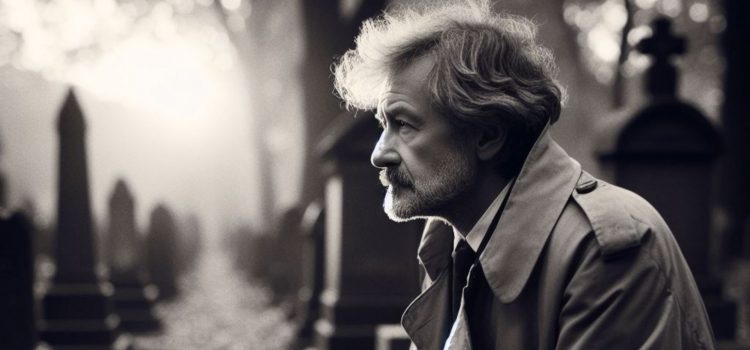
What’s the Stoics’ take on death? How should you approach death like a Stoic?
In The Stoic Challenge, William B. Irvine turns his attention to how the Stoics approached death. The Stoics actively accepted the reality of death, which made them appreciate life more.
To learn more about Stoicism on death, read more.
Approach Death as the Final Stoic Test
Irvine says that today, we typically ignore the reality of death. We sweep it under the rug or operate on naive childhood understandings of death as leading to a happy afterlife. And because we ignore our inevitable deaths, we never realize the true value of our lives.
(Shortform note: Looking at it from the other side of the coin, Irvine might say that we all take life for granted. Psychologically, taking something for granted means that you assume automatically that you won’t ever lose it. In other words, it becomes more or less an unconscious habit to go on living like life will never end—rather than a choice we consciously make, as Irvine alludes to above.)
Diving into Stoicism on death, the Stoics related to death differently. First, they actively practiced acknowledging human mortality in order to better appreciate their lives in the present. They did this with a variety of techniques that involve briefly thinking about worst-case scenarios. This makes use of the anchoring effect, a psychological phenomenon wherein priming yourself with a reference point helps you see something in a new light. The Stoics’ techniques include:
- Realizing that this could be the last time you’re doing something—be it cooking a meal, hugging your best friend, or sitting down to work.
- Contemplating that someday in the future, you’ll likely wish you could return to this present moment—to an old and enfeebled version of yourself, earlier life could seem a wonderland.
Both of these techniques help you candidly see the reality of your eventual death and thereby appreciate your life more now. This may seem paradoxical, but knowing deeply that you’ll one day die can bring you more fully into living your life today.
| Alternative Ways to Appreciate Your Life If you’d prefer something a bit less macabre, try a regular gratitude practice. Contemporary research has linked gratitude practice to a general increase in well-being, and a wide variety of gratitude practices show promise. While you might not want to feel grateful that you’ll one day pass on, you can achieve a similar result to Irvine’s techniques by pausing daily to appreciate how alive you are, here and now. If you do like the macabre, you might try a Buddhist charnel ground meditation, which traditionally involves meditating in a setting (such as a graveyard) where the reality of death is made concrete. The point was to break down any habit of clinging to existential hope (hope for salvation) and confront the nature of life as inevitably leading to death. This can help you to see life as it really is—replete with adversity and hardship, as Irvine says—and thereby live more fully now.) |






